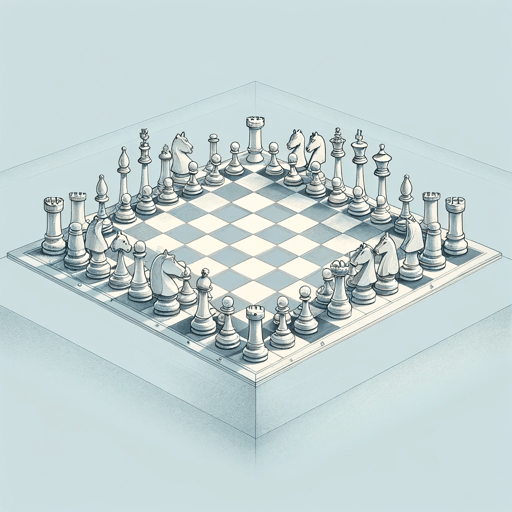65 pages • 2 hours read
Henry KissingerWorld Order: Reflections on the Character of Nations and the Course of History
Nonfiction | Book | Adult | Published in 2014A modern alternative to SparkNotes and CliffsNotes, SuperSummary offers high-quality Study Guides with detailed chapter summaries and analysis of major themes, characters, and more.
ConclusionChapter Summaries & Analyses
Conclusion Summary: “World Order in Our Time?”
In his concluding section, Kissinger highlights key aspects of World Order. He briefly reviews the transformation of dominant world orders throughout history, including the 7th-century Islamic expansion, the French Revolution, the age of European diplomacy, Communism, and fascism, among others. Eventually, each order faces problems that must be addressed by providing a new definition of legitimacy or the transformation of the power balance.
When this happens, those who define the world order must first protect their territory and basic beliefs about one’s way of life. Second is the global order’s failure to accept the transformation of power relations in the world, such as the rise of China as “a structural challenge in the twenty-first century” (366). Kissinger reminds the reader that finding the balance between power and legitimacy is the source of statesmanship.
Immediately in the wake of World War II, the world sought cooperation instead of confrontation, and there was “a sense of world community” (361). Today, however, the Westphalian system of international relations is indeed in such a crisis. This crisis occurred for several important reasons. First, the “basic form of international life” (367), the state, is under extreme pressure. Second, the economic and political organizations in the world are at odds.
Related Titles
By Henry Kissinger




